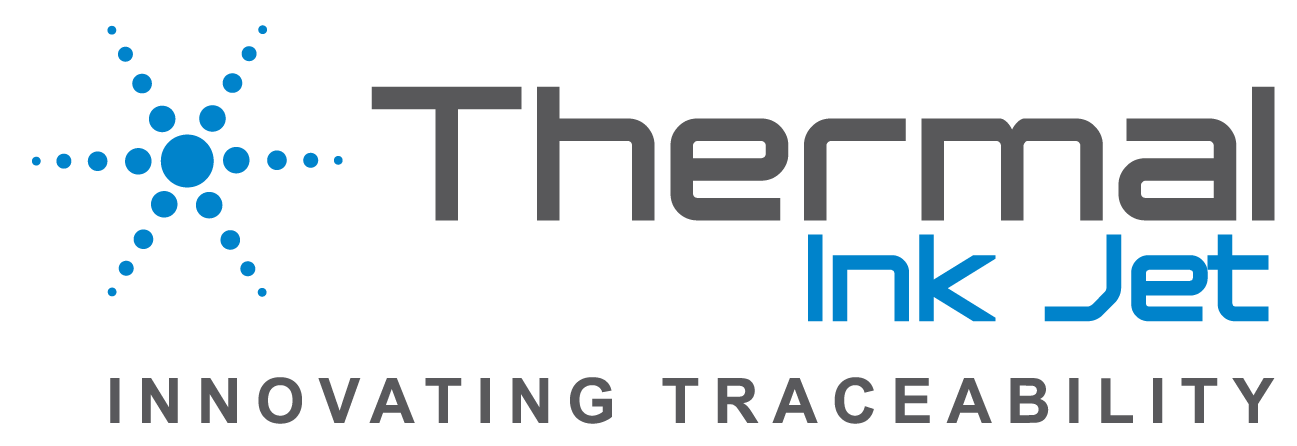From farm to table, the journey of dairy products is both delicate and complex. Ensuring quality, freshness, and safety at every step has never been more critical. Enter dairy traceability—a digital transformation strategy that connects every stage of the supply chain to deliver transparency, reduce waste, and build trust with consumers.
As global food safety regulations tighten and consumer expectations evolve, traceability is no longer optional—it’s a strategic necessity.
Industry Context: Why Dairy Traceability Matters
The dairy industry operates under intense scrutiny due to its perishability, susceptibility to contamination, and broad consumer base. Any lapse in temperature control, hygiene, or sourcing can result in severe health risks and reputational damage. In 2023 alone, food recalls linked to dairy accounted for over 20% of global recall alerts, often due to mislabeling, contamination, or cold chain failures.
Traceability provides a digital backbone to track raw milk from the cow through chilling centers, processing plants, packaging lines, and finally to the consumer. This end-to-end visibility enables proactive quality control, instant recall execution, and robust regulatory compliance.
 🔍 In-Depth Discussion of Key Points
🔍 In-Depth Discussion of Key Points
- End-to-End Dairy Tracking: From Livestock to Packaging
Modern dairy operations are adopting digital ear tags, IoT sensors, and RFID to identify and monitor livestock health, milk yield, and milking schedules. This data flows into centralized systems, linking animal-level records to batch production logs. Once collected, milk is traced through transport tankers, chilling stations, pasteurization, and packaging lines—each step logged with time-stamped data.
This level of tracking helps answer questions like:
- Which cow supplied the milk?
- When was it collected and processed?
- What ingredients or additives were used?
- Recall Management and Food Freshness
Traceability enables real-time alerting and batch-level visibility, so if a contamination or defect is detected, affected products can be recalled surgically—without disrupting the entire supply. Moreover, it enhances freshness monitoring by tracking “time since milking” and cold chain integrity, ensuring only high-quality products reach store shelves.
- Meeting Global Food Safety Regulations
Dairy producers must comply with stringent standards like:
- FDA’s FSMA (Food Safety Modernization Act) in the U.S.
- EU FVO (Food and Veterinary Office) audits in Europe
- Codex Alimentarius internationally
Traceability systems allow producers to automatically generate compliance records, audit trails, and quality documentation, reducing the risk of penalties and improving market access.
 Cold Chain Visibility for Temperature-Sensitive Products
Cold Chain Visibility for Temperature-Sensitive Products
Temperature abuse is a top cause of spoilage and foodborne illness. Modern traceability integrates real-time cold chain monitoring using GPS + temperature sensors. This enables fleet managers to spot anomalies in milk transport and act before spoilage occurs.
In Pakistan, for instance, several dairy companies have deployed cold chain IoT solutions to monitor long-haul milk transport—cutting spoilage by up to 30%.
- Case Studies: Success from the Field
- Nestlé Pakistan implemented a digital traceability system that logs each milk collection point and ties it to processing data. Their system enables consumers to scan a carton and view sourcing info down to the village level.
- Amul (India) uses RFID and GPS on collection trucks and plants to optimize transport times and reduce spoilage risks.
- Danone (Europe) has linked blockchain into its organic dairy supply chains to reinforce transparency and traceability claims for premium products.
 Strategic Takeaways for Dairy Industry Leaders
Strategic Takeaways for Dairy Industry Leaders
✅ Invest in IoT and ERP Integration: Use smart tags and cloud-based systems to automate tracking from cow to carton.
✅ Prioritize Cold Chain Monitoring: Install temperature sensors on all transport and storage units.
✅ Engage Consumers with Transparency: Use QR codes on cartons to share sourcing stories and freshness guarantees.
✅ Train Your Teams: Compliance isn’t just a tech issue—your teams must understand how to respond to traceability alerts.
✅ Start Small, Scale Smart: Begin with one segment (e.g., milk transport) and expand your traceability net over time.

✅ Conclusion
Dairy traceability is not just about regulatory checklists—it’s a brand-building, risk-reducing, and quality-enhancing strategy. From enabling faster recalls to boosting consumer trust and ensuring compliance, a well-executed traceability system delivers measurable ROI and a safer dairy ecosystem.
In an era where every carton tells a story, make sure yours is one of transparency, quality, and confidence.

